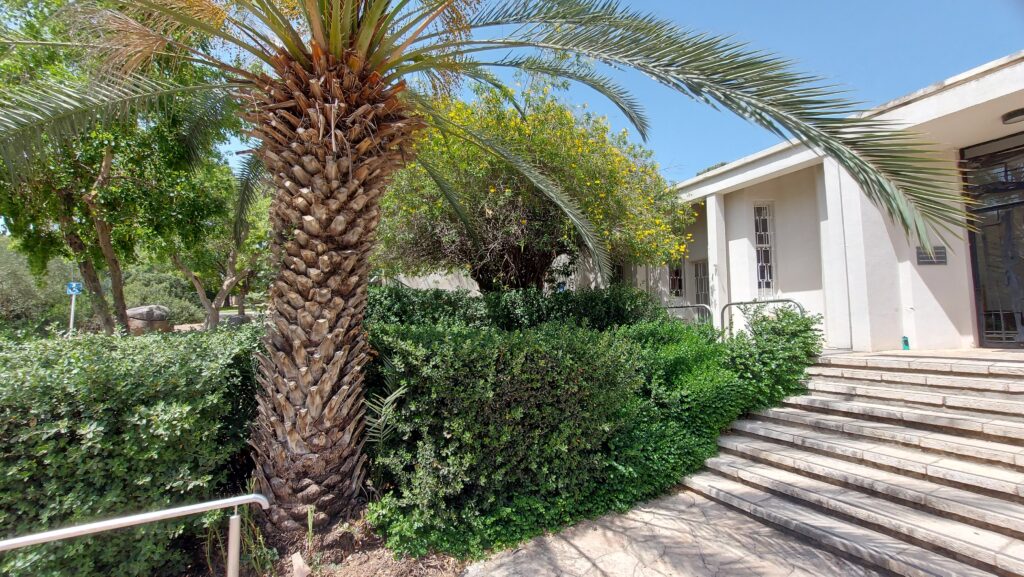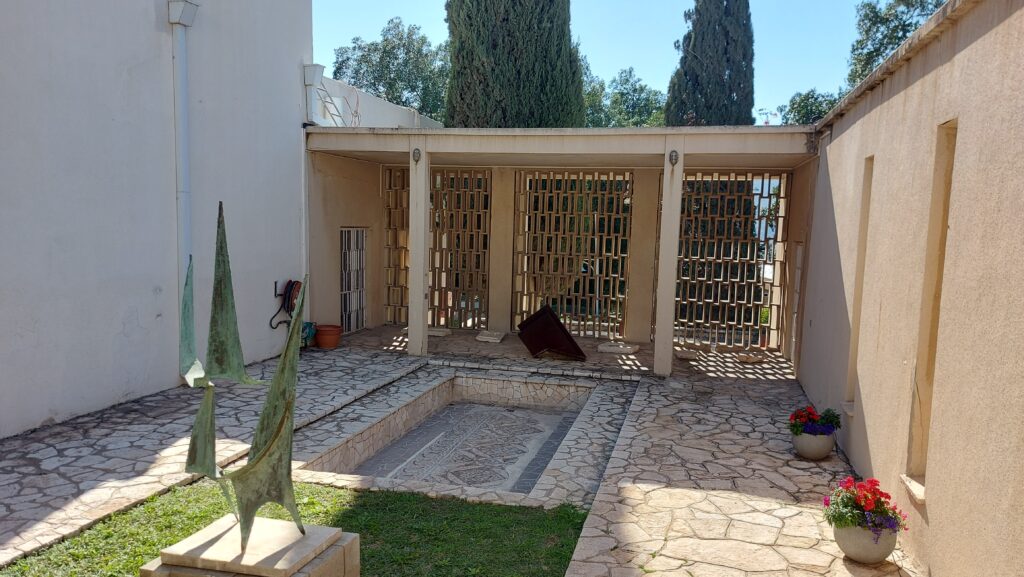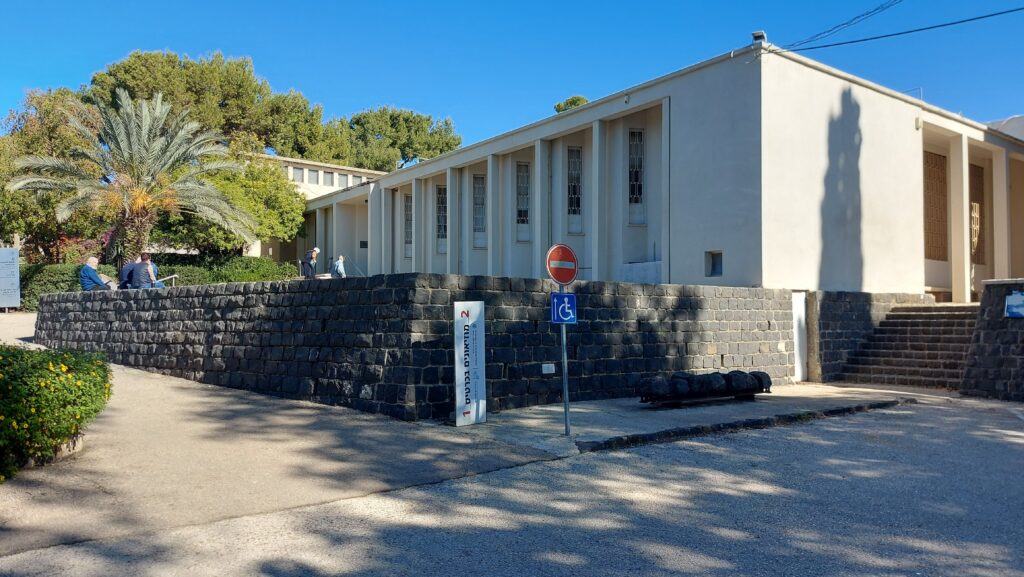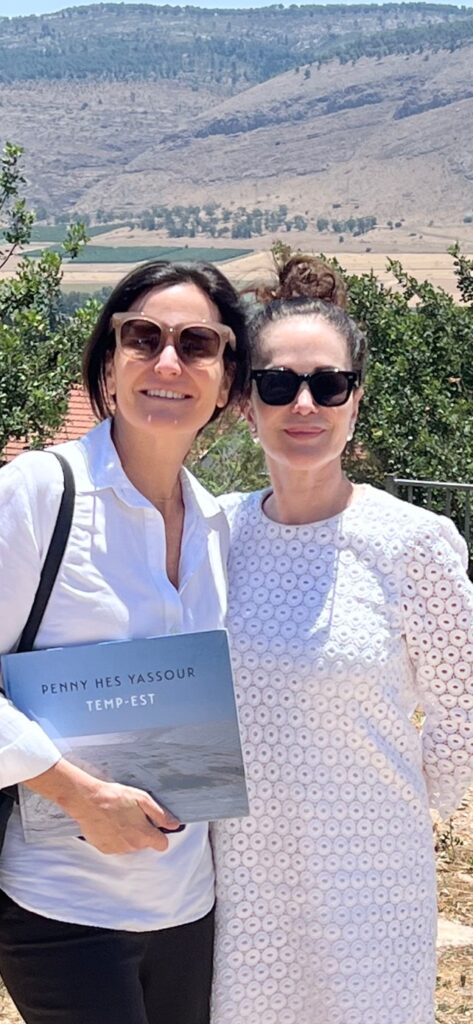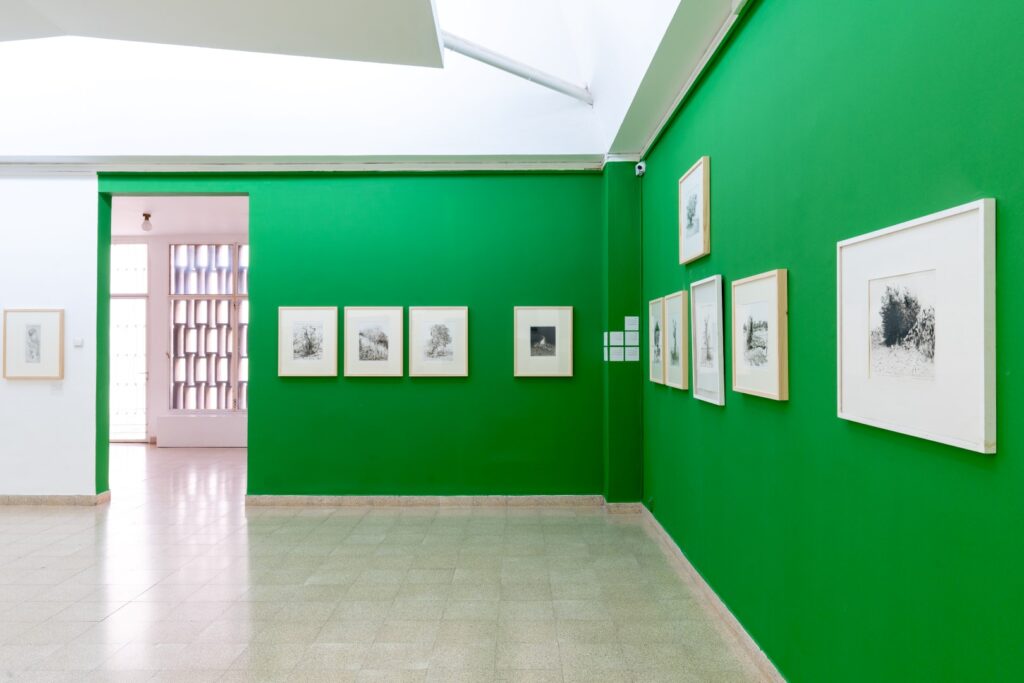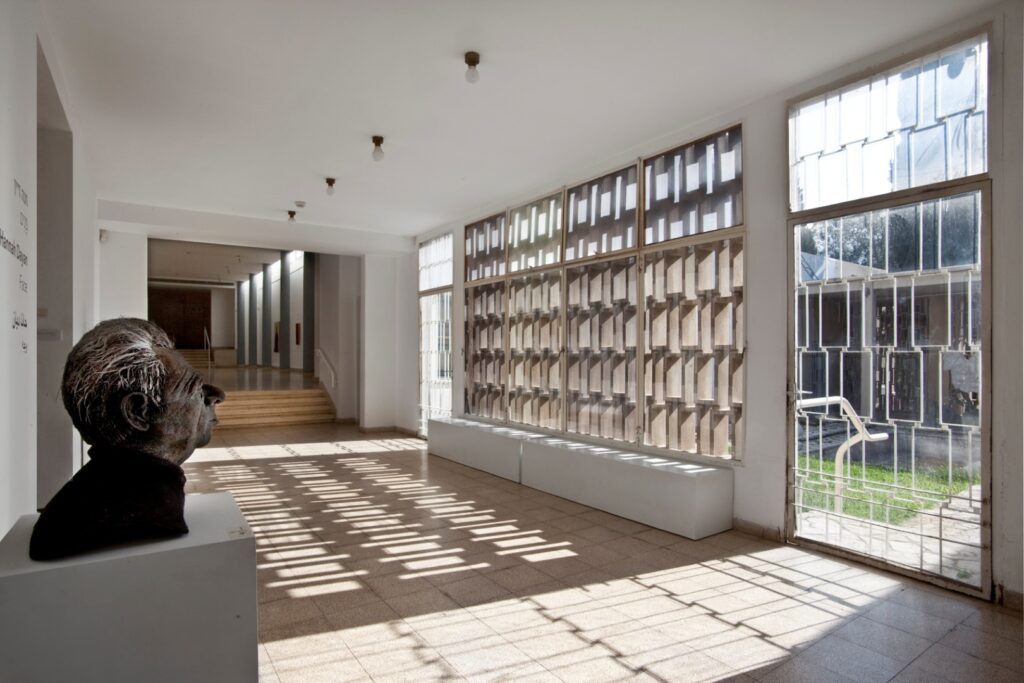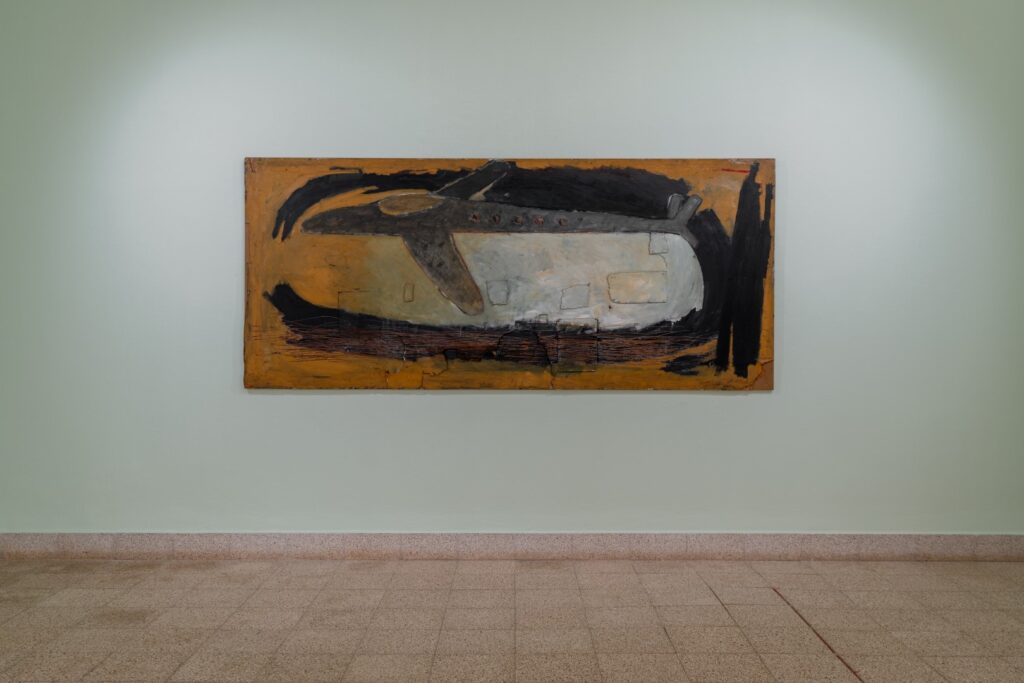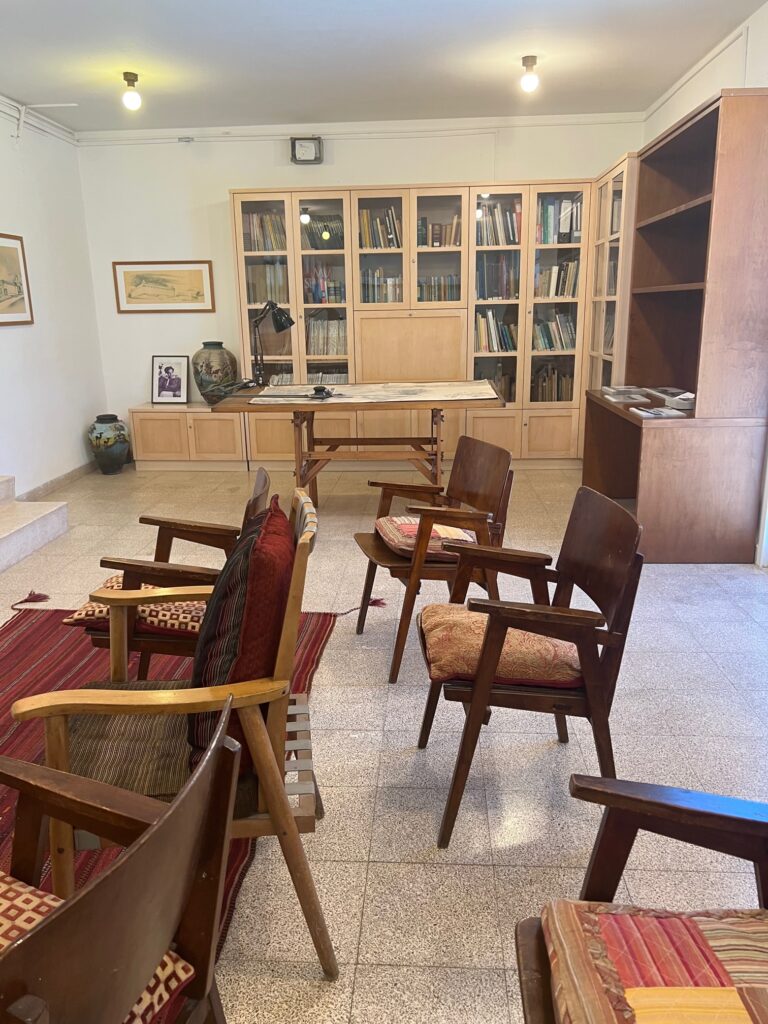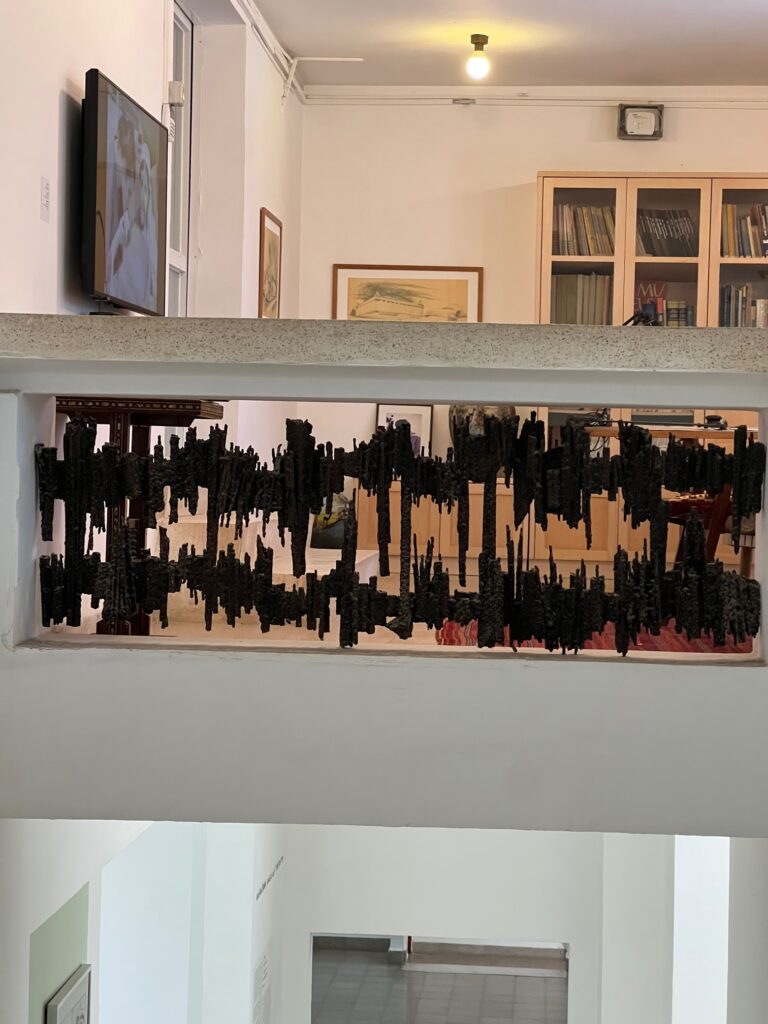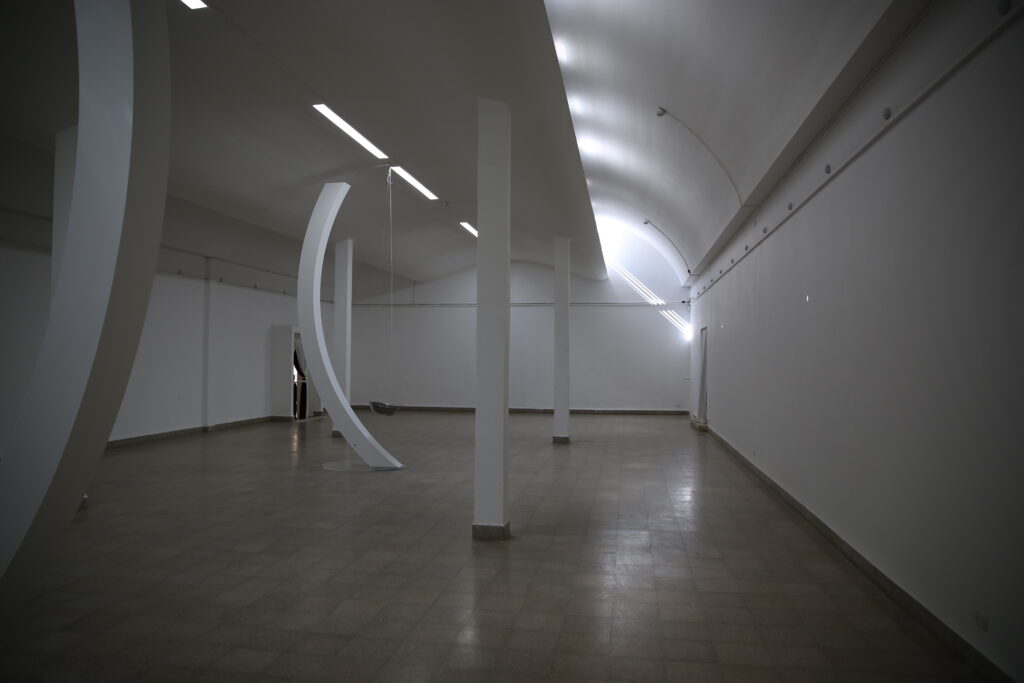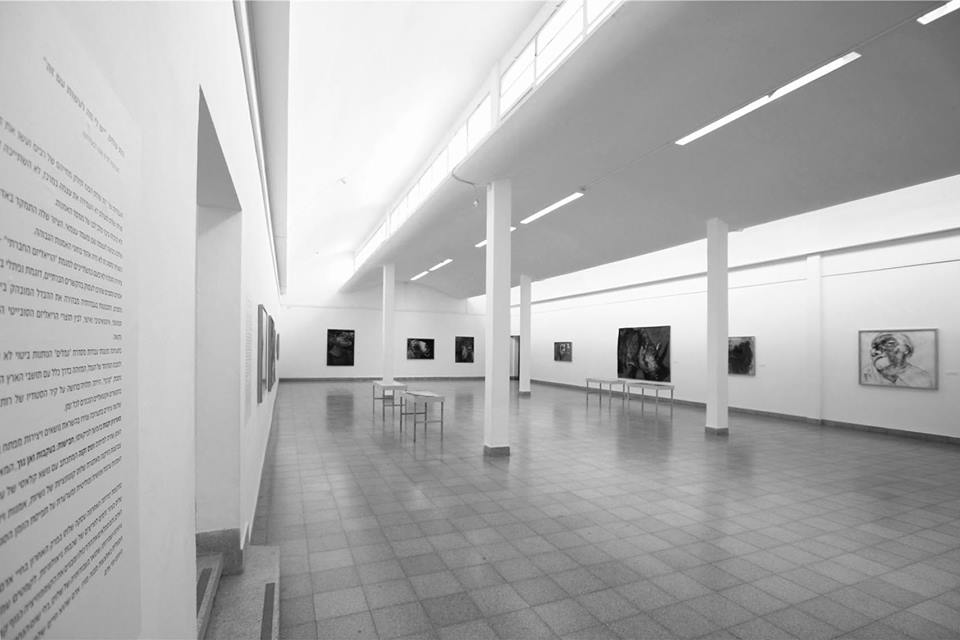
You have most likely never heard the name Shmuel Bickels (1909-1975), but you are definitely familiar with the architects who were influenced by him, such as Louis Kahn and Renzo Piano. Architects across the globe were inspired by his vision of architecture of natural light and would go on to create masterpieces. They visited the Mishkan, Museum of Art Ein Harod, a small art museum in Kibbutz En Harod in Israel, and the first modern museum with natural light. They received fame while Bickels was left in obscurity. Famously, Renzo Piano went on a pilgrimage to Israel with his patron Dominique de Menil, the French American art collector, after he was commissioned with the Menil Collection in Houston. Louis Kahn on the other hand, modeled his Kimbell Art Museum in Fort Worth, Texas after Bickels’ gem—designed in 1947 and constructed in the midst of Israel’s War of Independence, which brought an end of the British Mandate for Palestine. Whenever I am in Israel, I try to make it to the Mishkan to see its exquisite art exhibitions and architecture, and at the same time, to visit the studio of my cousin Penny Hes Yassour, who is a member of the Kibbutz. No matter how many times I visit, I never get tired of this classy, mitigated modernist gem.
The current exhibition, “Spirit of Man, Spirit of Place,” curated by Galia Bar-Or presents a family of five Palestinian artists; all born and raised in the town of Ummal-Fahm, located near Haifa. It is currently the most talked about show in Israel, as it presents a different face of this town which is typically known for political upheaval. Walid Abu Shakra was a trailblazer of modern art, followed by Said, who in turn guided his younger brother Farid to the path illuminated by the light of their cousin Asim, who tragically died young, but left an incredible body of work.
To me, every visit to the Mishkan is a lesson in architecture experience. The architect, Bickels, was a Zionist who immigrated to pre-state Israel in 1933 during the rise of the Nazi party and settled in a kibbutz. He studied architecture at the Polytechnikum in his hometown of Lvov, Poland, and when settling in the Israel Valley, he took an active role in the architecture movement which gave the new socialist establishment kibbutz a built identity. His archives are stored at the collection of the Mishkan.
Bickels was an intellectual, and his architecture reflects that. He was fascinated by the strong Middle Eastern light and sought for ways to allow natural light to penetrate into the space of this art museum—one of the world’s most spectacular architectural gems. Bickels created an intimate, modest, and modernist building, where all of the displayed art is entirely illuminated with natural light that pours through the hidden windows and skylights, which allow the light to flow into the brilliant spaces and complement the art. Each room is unique and interesting, the ceilings are like a series of waves in which the windows and skylights are inserted. The Mishkan is the ultimate demonstration of the power of architecture in evoking emotions and intellectual curiosity. All images courtesy Mishkan Museum of Art, Ein Harod.
